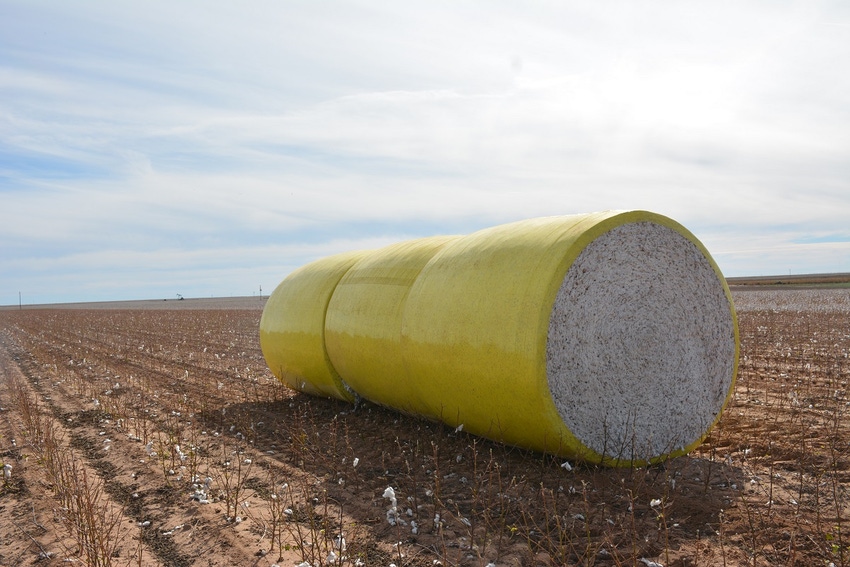November 6, 2015

I have written and spoken a lot recently about the unfolding supply picture for U.S. and world cotton. This is the natural time of year to have those kinds of discussions.
But I have noticed that my and others’ conclusions are usually the same: Yes, USDA will probably cut a little more at their current U.S. production estimate. Yes, USDA is probably overestimating India’s supply. Yes, the supply picture is likely tighter.
But the bottom line is usually the same forecast for ICE cotton futures in the same 62 cent to 68 cent range.
And even if some unforeseen supply shock would break prices out of that range, those kinds of effects don’t tend to be long-lasting. The more sustainable influence on cotton prices would be an increase in demand.
For the latest on southwest agriculture, please check out Southwest Farm Press Daily and receive the latest news right to your inbox.
By “increase in demand,” I’m not talking about the weekly fluctuations in U.S. exports in response to price changes. Rather, I’m talking about an outward, upward shift in the whole price-demand relationship caused by an improving economy, liberalized trade policy, better spinning technology, growing population, or changes in consumer tastes.
The biggest example of this is the decade of the 2000s, when all of these factors led to a dramatic rise in world cotton consumption. Short of those kinds of changes, we normally expect world demand to increase a few percentage points per year, due to population growth.
DOWNSTREAM MARKETS
But what about the current demand picture? One way to look at this is to look at cotton price influence on downstream markets like yarn, cotton dominated garments, and retail apparel (Fig. 1, used by permission from Cotton Incorporated). These prices are reflected as up or down percentage changes from their level just prior to the 2010 spike in cotton lint prices. This chart shows several things:
The way that cotton prices might influence downstream markets is by passing along a cost increase, as happened in 2010/11.
When the cotton market spiked, only a part of the percentage price increase was passed along downstream, e.g., a 154 percent peak increase in cotton prices only resulted in a time-lagged 67 percent peak in yarn prices — and smaller effects further downstream. The reason for the diminishing effect is that other labor and capital inputs are increasingly influential the further downstream you go.
Another factor to notice is that all of these markets have been returning to normal in the years since the cotton price spike of 2010/11. Thus, it is normal for all of them to be declining to get back to their pre-spike trend line. The retail apparel market has been the slowest to normalize.
While the influence of cotton price movements on downstream markets seems apparent from the chart, it is statistically more challenging to demonstrate it in other time periods outside of the cotton price spike of 2010/11. In other words, during “normal” times, there are other influences on price movements that cloud the picture.
WORRYING A LITTLE
Assuming that we are getting back to “normal,” my question is whether we can infer any influence in the upstream direction. That is, does the slight downtrend in yarn and apparel prices say anything about the likely trend for cotton prices?
Here we are no longer talking about passing along cost increases. Rather, we are talking about how the supply and demand for yarn (reflected by yarn price) translates back to the derived demand for cotton fiber.
The theory would be that weakening demand for cotton apparel and/or excess supplies of yarn are reflecting in reduced consumption of cotton fiber. One manifestation of this may be the lighter weight and lower cotton content of imported apparel, a trend that has persisted since the 2010/11 price spike. To my knowledge, nobody has done the proper causality testing to see if the current data reflect the upstream influence of weak yarn and apparel markets.
In the meantime, it just leaves me wondering a bunch and worrying a little.
For additional thoughts on these and other cotton marketing topics, please visit my weekly on-line newsletter at http://agrilife.org/cottonmarketing/
|
|
|
About the Author(s)
You May Also Like




